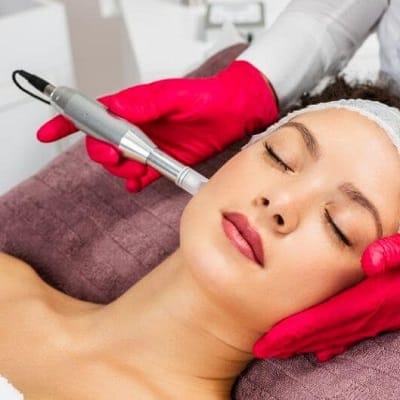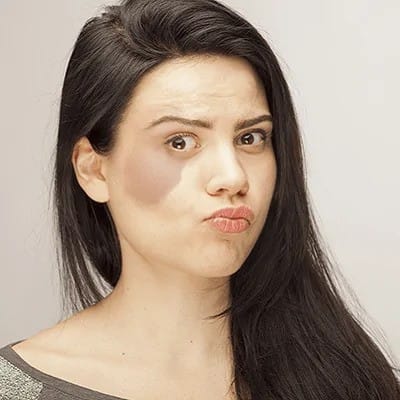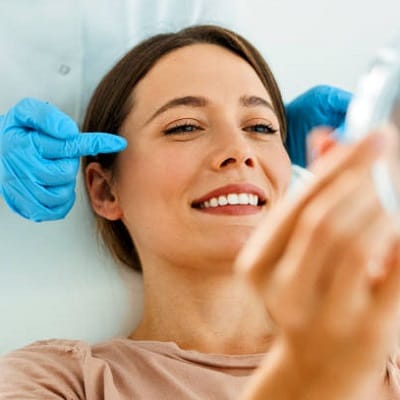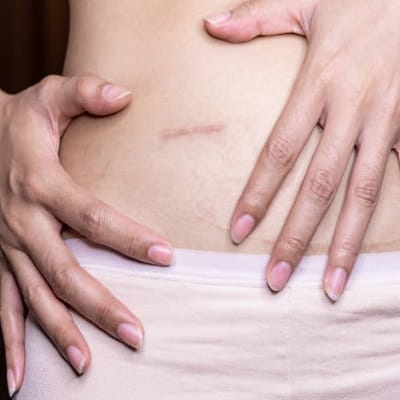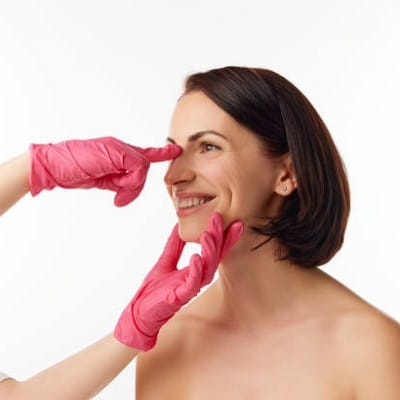Physical workout is one of the most common for losing weight or fat reduction in Islamabad, but despite a perfect diet and regular gym, there are always certain parts of the body where fat just doesn’t seem to disappear. But with so many choices available, the question remains: What is the best treatment option that can be used in reducing fat?
In this blog, we will discuss some of the effective fat-reduction procedures, the benefits of each, and how they operate.
CoolSculpting(Cryolipolysis):
Cool sculpting represents one of the most popular non-surgical methods of removing fat deposits in the world today. So, cool sculpting is FDA-approved and can be used in many areas including; the abdomen, thighs, flank, back, and under the chin.
How it works:
The user places the applicator over the part of the body requiring treatment while utilizing coldness to freeze the fat cells.
Benefits:
- Non-invasive with no downtime
- Safe for most parts of the body
- It starts showing effects in 3-4 weeks.
Considerations:
Although it works, So, Cool-sculpting may need several appointments before the outcome is achieved.
Liposuction:
As it is one of the most widely used and effective fat removal surgeries is liposuction. However, It is a localized reduction of adipose tissue by aspiration with a vacuum. Liposuction is commonly applied to the abdomen, hips, thighs, arms, and neck; and the procedure offers instant, outstanding outcomes.
How it works:
Therefore, a small cut is made and a cannula, or thin, hollow tube, is placed into it to administer local anesthesia and remove the emulsified fat.
Benefits:
- Relatively high fat loss in a single training session
- Can treat larger areas of fat
- Semi-reusable for better customisation of the shape and size of the curves of the human body
Considerations:
Therefore, liposuction as a surgical process has several drawbacks that include; However, the longer recovery period and complications, including inflammation, soreness, and pain, are aspects of the procedure.
Laser Lipolysis (Sculpture):
However, the laser energy from SculpSure, So, It is directed specifically into the subcutaneous tissue of the targeted area to eliminate unwanted fat cells.
How it works:
As, the laser applicator selectively damages fat cells in the treatment area by providing controlled heat, while harming the skin and other tissues.
Benefits:
- No scalpel treatment with no need for hospitalization
- Proven efficient for the treatment of localized areas like the abdomen and flanks.
- Brief treatment, that is, several sessions, each lasting approximately twenty-five minutes.
- Results seen in 6 to 12 weeks
Considerations:
While People with relatively small fat pockets are the best candidates for laser lipolysis. several sessions may be necessary for optimal results.
Radio-frequency for fat reduction:
RF fat reduction relies on energy in the radio-frequency band to heat fat tissue to the point of cell death and then shed it naturally from the body. So, this non-surgical procedure also causes collagen production leading to the tightening of the skin and a decrease in cellulite thus it is appropriate for people wishing to attain firmness and tightness in places like the abdomen, thighs, or arms.
How it works:
It heats fat cells in the skin and even penetrates deeper into the skin than other forms of energy that can be used for cosmetic purposes.
Benefits:
- Non-invasive with no downtime
- It also has the potential to control the skin texture and firmness alongside fat deposition.
- It is safe for use in several parts of the body.
Considerations:
In some cases, multiple RF treatment sessions may be recommended for the best effects, and their utilization is more beneficial for a decrease in relatively small adipose tissue rather than large ones.
Injection Lipolysis (Kybella/Lemon Bottle Injections)
The Lemon Bottle Injection and Kybella are aimed at removing fat from the body through non-surgical lipolysis injections. However, these treatments are even more beneficial for small areas such as the double chin, therefore, there’s always extra fat that cannot be removed by dieting or exercising.
How it works:
The body naturally produces deoxycholic acid, which is the major component in the injection used for breaking down fats. Therefore, fat tissue at the target site dissolves and is expelled from the body when it is administered to that site.
Benefits:
- Recommended where localised fat accumulations are persistent
- Slow, thus making it easier to blend with the results accomplished naturally.
Considerations:
Therefore, injection lipolysis is perfect for patients who have small areas of fat depots and who require several treatments.
Final Thoughts:
Therefore, Among the non-surgical fat removal methods, the most effective, non-invasive treatments are CoolSculpting, laser lipolysis (Sculpture), and radio frequency treatment.
However, for those wanting something a little more immediate, then liposuction remains the premier choice as it provides large volumes of fat reduction and shaping.
So, It is good to seek advice from a qualified Aesthetic Physician and visit SKN Cosmetics to get the fat reduction treatment most appropriate for you.



